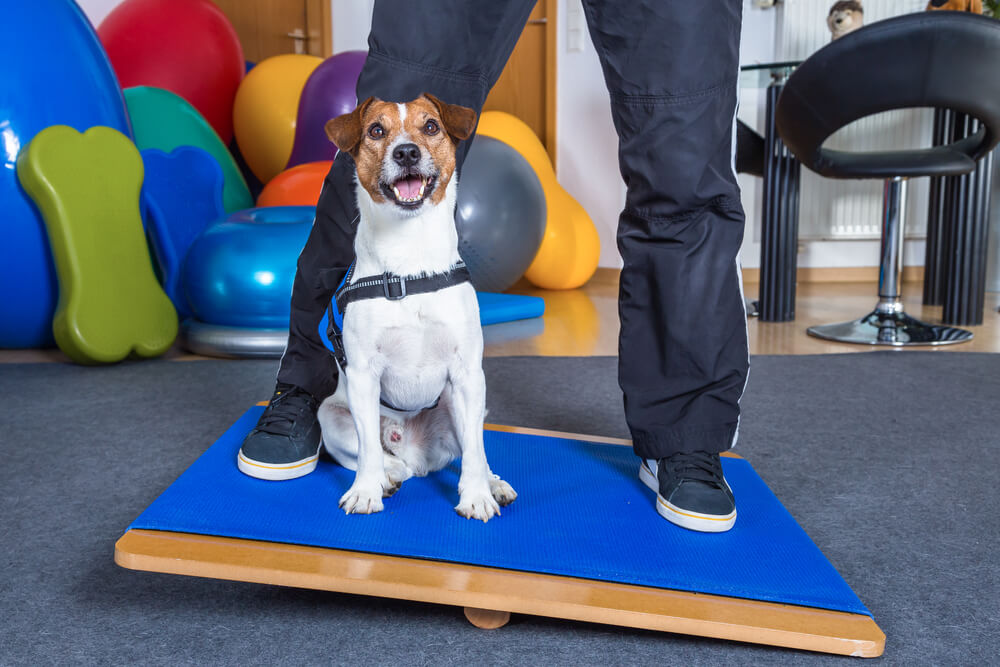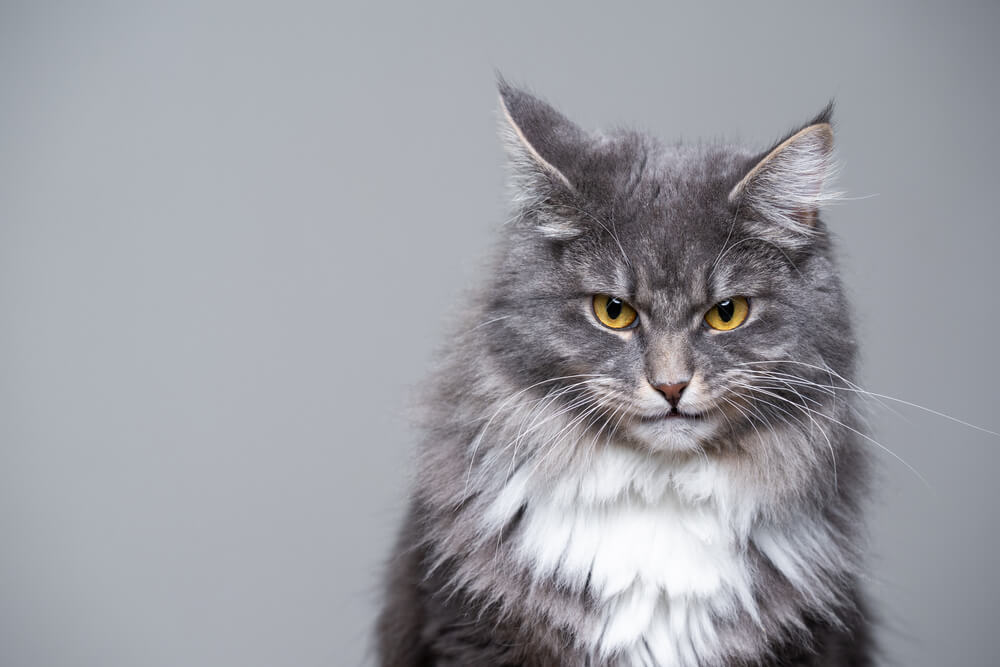
Veterinary medicine, like human medicine, is constantly evolving. The need for new specializations was noticed exactly the same way it was noticed when it comes to human medicine. Currently, an internist, often directs us with our pet to a specialist for more detailed diagnostics. In case of people, pharmacological treatment has been supported by physiotherapy for many years, and it often turns out that that pharmacological treatment becomes unnecessary. In case of animals, physiotherapy is a relatively new field, but it is used more and more widely, and thanks to its effectivness it is gaining more and more supporters. Physiotherapy is an invaluable help in returning to normal functioning after injuries, orthopedic procedures or neurological problems. If you are wondering what methods are used to help animals, I will try to explain that issue. Here is what you need to know about animal physiotherapy.
Animal physiotherapy – what is it about?
The most commonly used zoophysiotherapeutic methods:
– massage
– passive and active exercises
– threadmill (dry one or water one)
– laser therapy
– magnetotherapy
– electrotherapy
– ultrasounds
– cryotherapy
– phototherapy
Animal physiotherapy – is it really possible?
If you are wondering if it is possible that your pet will lie down nicely or simply cooperate during the treatment, I can assure you that it is so! In most cases, with a good attitude of the owner and the appropriate approach of the physiotherapist, the therapy can be successfully performed. Of course, there are also contraindications to individual treatments and they are taken into account when planning treatments. While most patients can be treated, there is also a group that cannot. I mean aggressive animals which are a serious threat to the health of the physiotherapist or owner. In such cases, the only option is pharmacological treatment.
At the beginning of therapy, the animal physiotherapist prepares a plan including treatments selected to achieve the best possible effect. However, it is not always rigidly implemented. The animal’s temperament and its reaction to the chosen therapy should be obviously taken into consideration every time. Sometimes the plan needs to be changed during the therapy and it shouldn’t be treated as a failure. For example – animals which are planned to be treated on the water threadmill… Most animals can be convinced to take exercise on it and they do it more and more willingly every single time, but if after two or three treatments you can see that your pet is still afraid of water and the exercise is impossible to be done, the physiotherapist usually suggests replacing this kind of treatment with another one – more comfortable for patient. Each animal is different and thanks to good observation and cooperation between the owner and the doctor, treatments are selected so that they are both effective and comfortable for the patient.
Zoophysiotherapy is a commitment and consistency.
If we decide to introduce physiotherapy to our pupil’s life, we should remeber that it cannot be just one-time treatment. Usually, it is a serie of treatments and it requires financial cost and high discipline of the owner (a few visits every week). However, the effects are definitely worth it and improving the condition of our pet will be the best reward!








